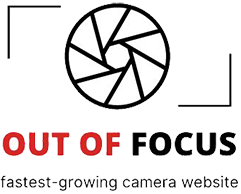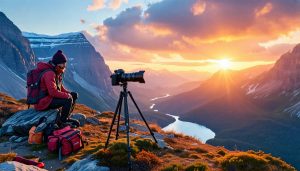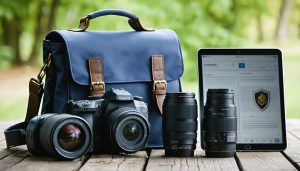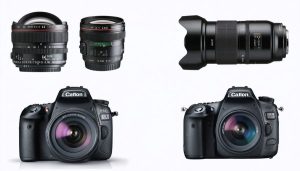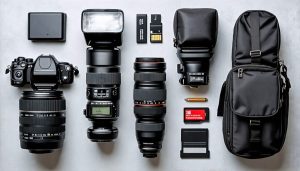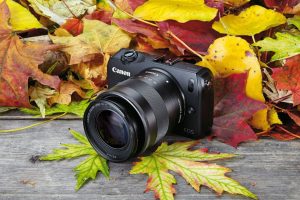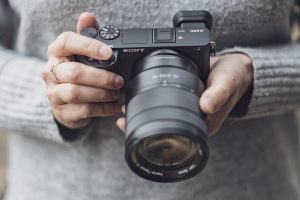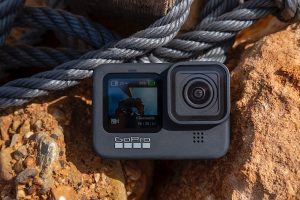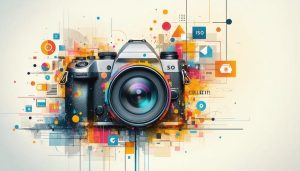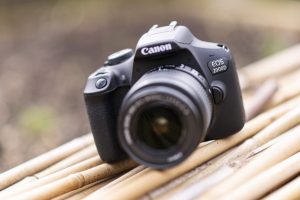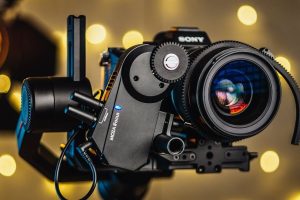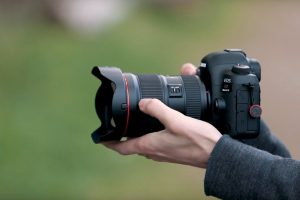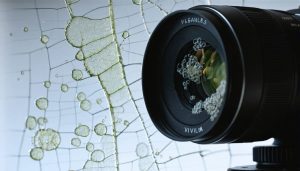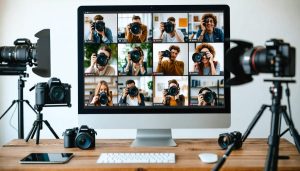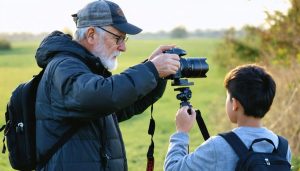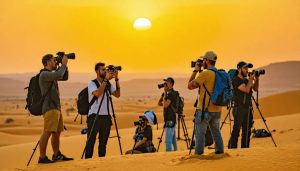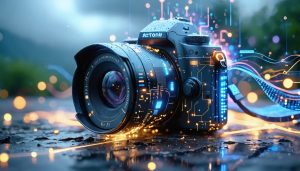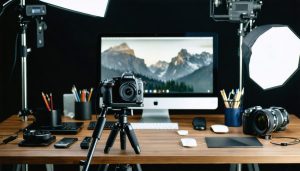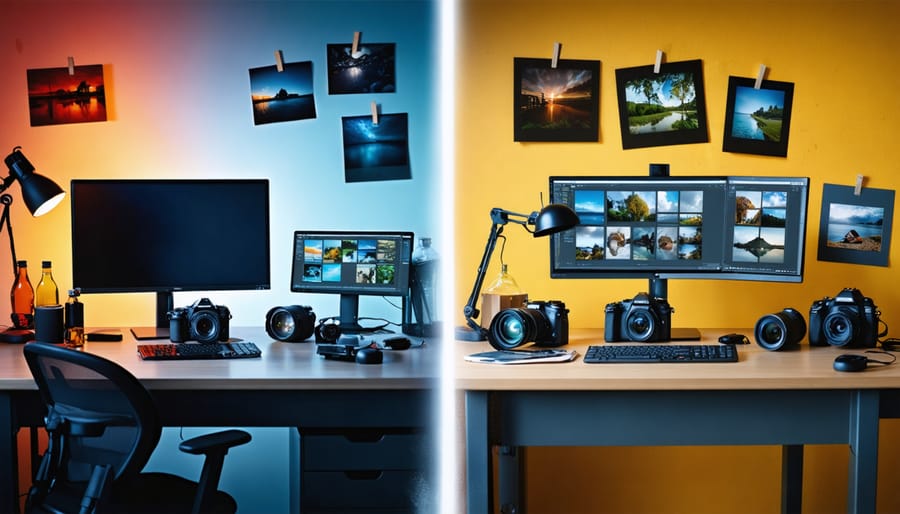
The timeless debate between digital and film photography transcends mere technical specifications – it’s about the soul of the photographic process itself. In an era where smartphones can capture thousands of images instantly, the methodical nature of film forces photographers to slow down, think deeply, and craft each frame with intention. Yet digital photography has revolutionized the medium, democratizing creativity and enabling possibilities that were once unimaginable.
Both formats continue to shape modern photography in distinct ways. Digital offers immediate feedback, unlimited shots, and unprecedented post-processing flexibility, making it the go-to choice for professionals who need reliability and quick turnaround. Film, with its organic grain structure, unique color rendition, and intentional workflow, provides a tactile experience that many photographers find irreplaceable in their creative journey.
This divide isn’t simply about image quality anymore – modern digital sensors can match or exceed film’s resolution and dynamic range. Instead, the choice between digital and film has evolved into a more nuanced decision about creative process, workflow preferences, and the fundamental approach to making images. Whether you’re a seasoned professional weighing equipment options or an enthusiast exploring different photographic paths, understanding the true distinctions between these formats will help you make an informed decision that aligns with your creative vision and practical needs.
The Core Differences: Beyond Just Format
Sensor vs. Emulsion
At their core, digital sensors and film emulsion capture light in fundamentally different ways. Film uses light-sensitive silver halide crystals suspended in gelatin, which undergo a chemical reaction when exposed to light. These crystals create a latent image that becomes visible only after chemical processing. The size and distribution of these crystals determine the film’s sensitivity (ISO) and grain structure, giving film its characteristic organic look.
Digital sensors, by contrast, use millions of photosites (pixels) arranged in a grid pattern. Each photosite converts light into electrical signals, which are then processed by the camera’s image processor into digital data. This data creates the final image, with each pixel containing precise color and brightness information.
Color capture also differs significantly between the two media. Film layers different color-sensitive emulsions to create its full-color image, with each layer responding to different wavelengths of light. This organic process contributes to film’s unique color rendition and subtle tonal transitions. Digital sensors typically use a Bayer pattern filter, where individual photosites are assigned to capture either red, green, or blue light. The camera then interpolates this data to create the full-color image.
These fundamental differences explain why film tends to have a more organic, random grain pattern, while digital images exhibit a more uniform pixel structure when viewed at extreme magnifications.
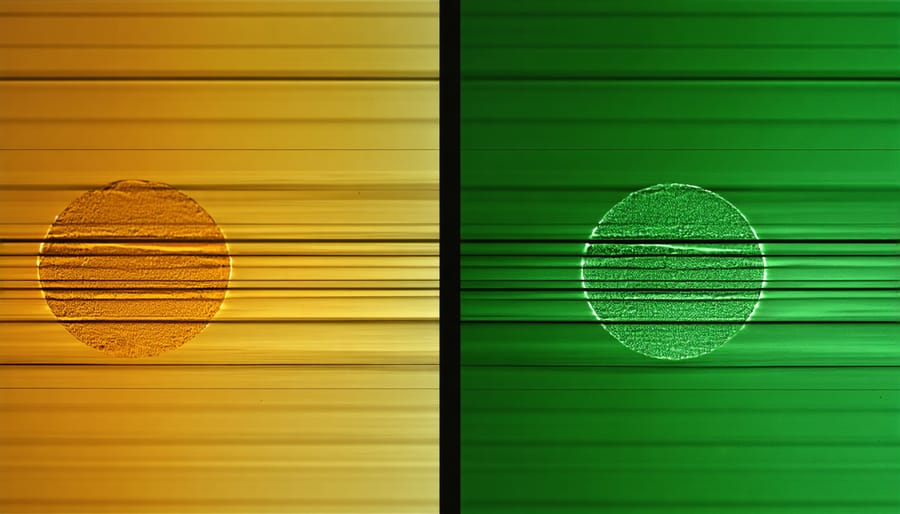
Resolution and Detail
When comparing digital and film, resolution and detail capture present fascinating differences. Digital sensors measure their resolution in megapixels, with modern cameras easily reaching 40-100MP, while film doesn’t have pixels but rather a pattern of light-sensitive silver halide crystals that create its characteristic grain.
Film’s resolution is often quoted as roughly equivalent to 16-24 megapixels, depending on the film type and format. However, this comparison isn’t entirely straightforward. Film captures detail in an organic, random pattern that some photographers find more pleasing to the eye than the uniform pixel grid of digital sensors.
Medium and large format films can capture extraordinary detail, potentially exceeding what’s possible with many digital cameras. However, digital sensors excel in consistency and offer superior performance in challenging lighting conditions. They also maintain their resolution quality across different ISO settings, while film grain becomes more pronounced at higher ISO speeds.
Digital images tend to have cleaner, crisper edges and more consistent detail across the frame. Film, on the other hand, has a more gradual falloff in detail and produces softer transitions between tones. This characteristic gives film photos their distinctive look, which many photographers still cherish despite – or because of – its inherent imperfections.
Both mediums are capable of producing stunning, detailed images, with the choice often coming down to the photographer’s preferred aesthetic rather than pure technical specifications.
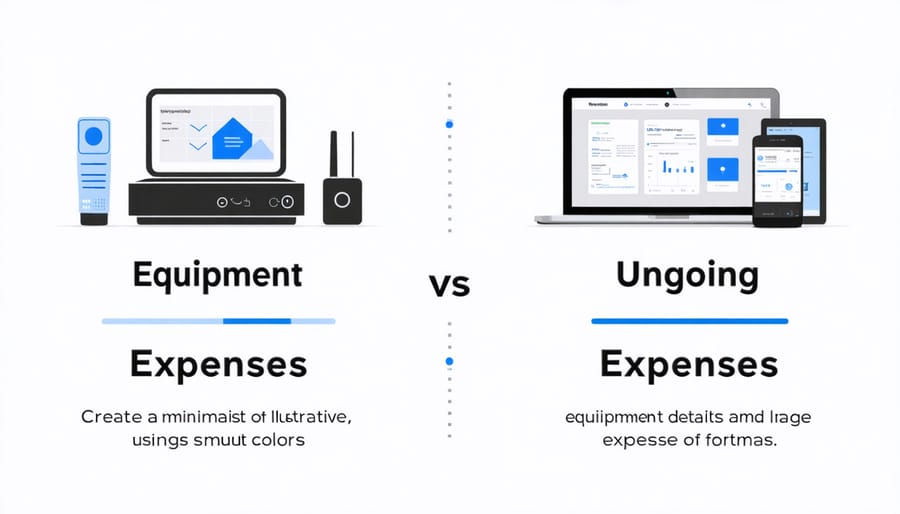
Real Cost Comparison
Initial Investment
When it comes to initial investment, both digital and film photography present distinct cost considerations. For digital photography, the upfront cost typically centers around choosing the right camera, with entry-level DSLRs or mirrorless cameras starting around $500-800, while professional bodies can exceed $3,000. You’ll also need memory cards ($20-50) and a basic editing software subscription ($10-20 monthly).
Film photography, surprisingly, can have a lower initial barrier to entry. Quality vintage film cameras can be found for $100-300, with professional models ranging from $500-1,500. However, the ongoing costs tell a different story. Each roll of film costs $8-15, with processing and scanning adding another $15-25 per roll. Essential darkroom equipment for home developing starts at around $200.
Remember that both formats require investment in shared accessories like lenses, tripods, and camera bags. Digital offers immediate cost efficiency for high-volume shooting, while film requires budgeting for continuous material costs. Your shooting style and frequency will ultimately determine which proves more economical long-term.
Ongoing Expenses
When comparing ongoing expenses, both digital and film photography come with their own financial considerations. Film photographers need to factor in the recurring cost of film rolls, which typically range from $8-15 per roll, plus development costs of $10-15 per roll if using a lab. Shooting just 10 rolls monthly can easily amount to $200-300 in expenses.
Digital photography’s ongoing costs primarily revolve around storage solutions and occasional maintenance. External hard drives, cloud storage subscriptions, and memory cards are essential investments, though these costs are generally lower and more predictable than film expenses. A 4TB external drive ($100-150) can store years of photos, while cloud storage typically costs $5-15 monthly.
However, digital cameras may require sensor cleaning ($50-75 per service) and occasional firmware updates, while film cameras mainly need mechanical maintenance. Film photographers also need to consider archival storage solutions for negatives and prints, including acid-free sleeves and climate-controlled storage options. These preservation materials can add $100-200 annually to your budget depending on shooting volume.
Long-term Value
When it comes to investing in photography equipment, longevity and value retention are crucial considerations. Digital cameras typically depreciate faster than film cameras, with new models releasing annually that can quickly make current equipment feel outdated. A high-end digital camera might lose 30-50% of its value within the first three years, while many vintage film cameras have actually appreciated in value over time.
However, the value equation isn’t quite that simple. Well-maintained professional digital cameras can remain viable tools for 5-7 years or more, especially for photographers who don’t need the latest features. Film cameras, while potentially more stable in value, may require more frequent maintenance and can become unusable if specific parts become unavailable.
Digital storage solutions also need consideration – hard drives and memory cards require periodic replacement and careful backup systems. Film negatives, when properly stored, can last generations, though they require physical space and specific environmental conditions to maintain their quality.
Creative Process and Workflow
Shooting Experience
The shooting experience between digital and film photography differs significantly, not just in technical aspects but in the entire approach to capturing images. With digital cameras, photographers often adopt a “shoot first, think later” mentality, knowing they can review images instantly and delete unwanted shots. This immediate feedback loop, while valuable for learning, can sometimes lead to less mindful shooting.
Film photography, by contrast, forces a more deliberate approach. With limited exposures per roll and no instant preview, photographers must carefully consider proper camera handling techniques, composition, and exposure before pressing the shutter. This methodical process often results in more thoughtful image-making and fewer but potentially more meaningful shots.
Digital shooters benefit from the ability to experiment freely, adjusting settings between shots and learning from mistakes immediately. They can shoot in challenging conditions, changing ISO frame by frame, and utilize auto-focus systems for fast-moving subjects. Film photographers must commit to a single ISO per roll and often rely more on manual focus and exposure skills.
The weight of permanence in film photography creates a unique psychological experience – each frame matters, and mistakes can be costly. This pressure can either enhance creativity or cause hesitation. Digital photography, while more forgiving, requires self-discipline to avoid the trap of overshooting and losing focus on the creative process.
Post-Processing Flexibility
The flexibility of post-processing represents one of the most striking differences between digital and film photography. While darkroom processing offers its own magical charm, modern digital editing techniques provide photographers with unprecedented control over their images.
In the traditional darkroom, photographers can adjust exposure, contrast, and tone through techniques like dodging and burning. These methods require considerable skill and physical materials, and once a print is made, the process must be repeated for any adjustments. However, darkroom processing creates a tangible, hands-on experience that many photographers find deeply satisfying and artistically fulfilling.
Digital editing, by contrast, offers virtually limitless possibilities. Photographers can non-destructively adjust everything from basic exposure to complex color grading, with the ability to undo changes or create multiple versions of the same image. Tools like layers, masks, and selective adjustments allow for precise control that would be difficult or impossible to achieve in a darkroom.
The key advantage of digital processing lies in its forgiving nature. You can experiment freely without consuming materials or chemicals, and save different versions of your work. However, this freedom can sometimes lead to over-processing, making it important to maintain a balanced approach that respects the original image’s integrity.
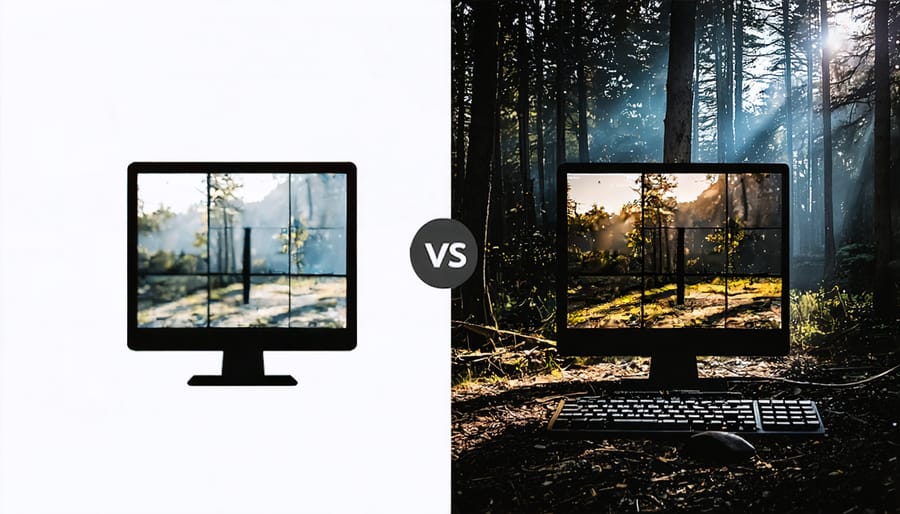
Learning Curve
The learning curve for digital and film photography follows distinctly different paths, each with its own challenges and rewards. Digital photography offers immediate feedback through the LCD screen, allowing newcomers to quickly understand how camera settings affect their images. This instant review system makes it easier to grasp concepts like exposure, composition, and lighting through trial and error without wasting resources.
Film photography, however, requires a more methodical approach to learning. Without immediate feedback, photographers must develop a deeper understanding of exposure fundamentals before achieving consistent results. The process demands careful consideration of each shot, fostering a more disciplined shooting style. Film photographers also need to learn darkroom techniques or understand lab processes, adding another layer of complexity to the learning journey.
For beginners, digital photography typically offers a gentler introduction to the craft, with features like auto modes and post-processing flexibility. However, this convenience can sometimes lead to dependency on automatic settings, potentially hindering the development of technical skills. Film photography, while steeper in its initial learning curve, often forces photographers to master fundamental techniques more thoroughly.
Interestingly, many educators recommend starting with digital to grasp basic concepts, then exploring film to deepen technical understanding and develop a more intentional approach to photography. This hybrid learning path combines the best of both worlds, allowing photographers to build a strong foundation while appreciating the unique characteristics of each medium.
Practical Applications
Professional Work
In the professional realm, the choice between digital and film photography often comes down to specific client needs and project requirements. While digital dominates most commercial photography today, film maintains a dedicated following in certain niches.
Commercial photographers primarily opt for digital due to its immediate results, crucial for client approval during shoots. The ability to instantly review images, make adjustments, and share previews with art directors has revolutionized workflow efficiency. Moreover, digital’s superior performance in challenging lighting conditions and the ease of delivering multiple file formats make it invaluable for advertising and editorial work.
However, film hasn’t completely disappeared from professional contexts. High-end fashion photographers often choose medium or large format film for its distinctive aesthetic and tonal qualities. Wedding photographers might offer film as a premium service, capitalizing on its romantic, timeless appeal. Some architectural photographers prefer large format film for its exceptional detail and natural perspective control.
The decision often involves considering professional photography equipment costs, turnaround times, and client expectations. Digital excels in fast-paced environments like photojournalism and sports photography, where immediate transmission is essential. Film, meanwhile, finds its place in fine art photography and specialized commercial projects where its unique characteristics align with creative vision.
Many successful professionals maintain hybrid workflows, choosing the most appropriate medium for each project. This flexibility allows them to leverage the strengths of both formats while meeting diverse client needs and maintaining their artistic standards.
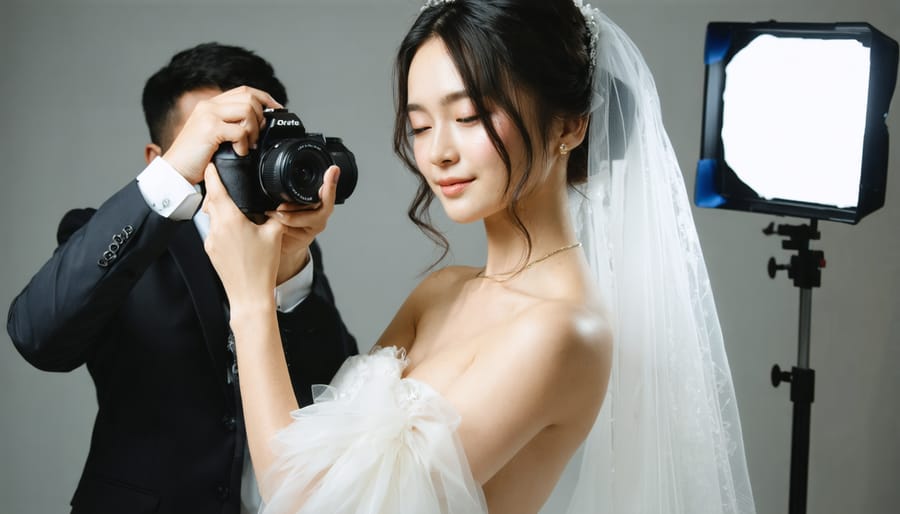
Personal Projects
Personal projects offer unique opportunities to explore both digital and film photography’s distinct characteristics. Many photographers maintain dual workflows, choosing their medium based on the project’s creative vision. For instance, wedding photographers might shoot digital for the ceremony while creating artistic film portraits during the couple’s session.
Film photography excels in personal documentary projects, where the deliberate pace and limited exposures encourage thoughtful composition. Many photographers find that shooting family vacations or daily life on film creates more meaningful, carefully curated collections of memories. The anticipation of developing film adds an extra layer of excitement to these personal endeavors.
Digital photography, meanwhile, allows for extensive experimentation without cost concerns. Street photographers often prefer digital for capturing multiple perspectives of fleeting moments, while still maintaining creative control through manual settings. Personal projects like time-lapses, astrophotography, or high-speed photography become more accessible with digital equipment.
Some photographers combine both mediums creatively. A common approach is shooting the same scene with both digital and film cameras, creating compelling comparisons that highlight each format’s unique characteristics. These side-by-side projects help photographers develop a deeper understanding of both mediums while building their artistic voice.
For learning purposes, many photography educators recommend starting personal projects with digital to master technical basics, then exploring film to develop a more measured, intentional approach. This hybrid workflow often results in improved skills across both formats, as lessons learned from film shooting can enhance digital work, and vice versa.
As we’ve explored throughout this article, both digital and film photography offer unique advantages and creative possibilities. The choice between these formats ultimately depends on your personal goals, shooting style, and the type of photography you want to pursue.
Digital photography excels in convenience, immediate feedback, and versatility. It’s particularly well-suited for those who need to produce high volumes of images, work under tight deadlines, or require extensive post-processing capabilities. The lower per-shot cost and ability to experiment freely make it an excellent choice for learning and developing your skills.
Film, on the other hand, offers a distinctive aesthetic, encourages more deliberate shooting, and provides a tangible, analog experience that many photographers find deeply rewarding. The process of shooting film can help develop stronger technical skills and a more thoughtful approach to composition, as each frame comes at a cost.
For those just starting their photographic journey, we recommend beginning with digital. This allows you to learn the fundamentals without the additional complexity and cost of film processing. Once you’ve mastered the basics, experimenting with film can add new dimensions to your creative toolkit.
Many experienced photographers find that maintaining a hybrid workflow – using both digital and film – offers the best of both worlds. For example, you might use digital for client work and events while reserving film for personal projects and artistic endeavors.
When making your choice, consider these practical factors:
– Your budget for equipment and ongoing costs
– The types of subjects you typically photograph
– Your desired workflow and turnaround time
– Whether you enjoy post-processing
– Your interest in the mechanical aspects of photography
Remember, there’s no wrong choice – both formats are valid tools for creating compelling images. The most important factor is choosing the medium that best supports your creative vision and helps you tell the stories you want to share through your photography.
